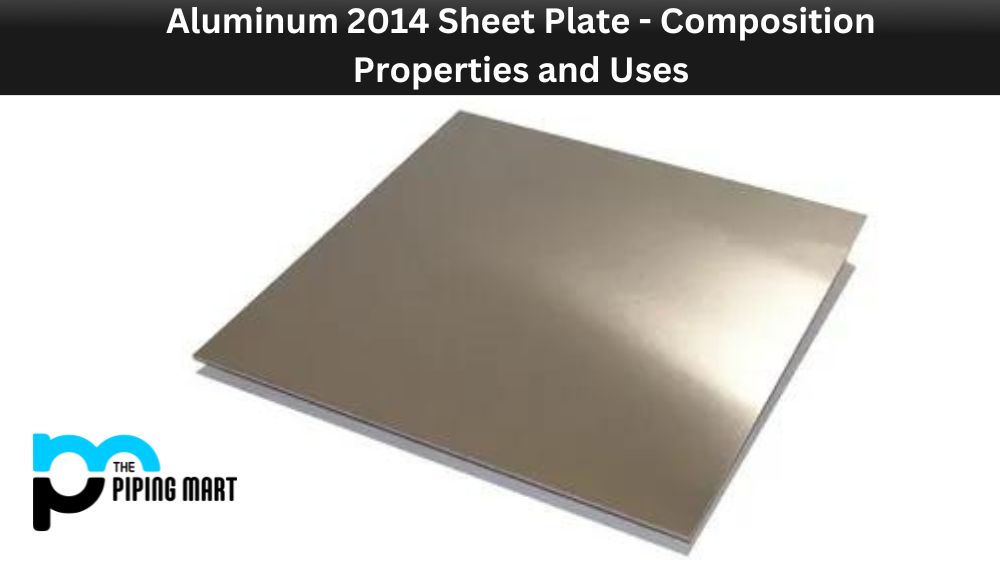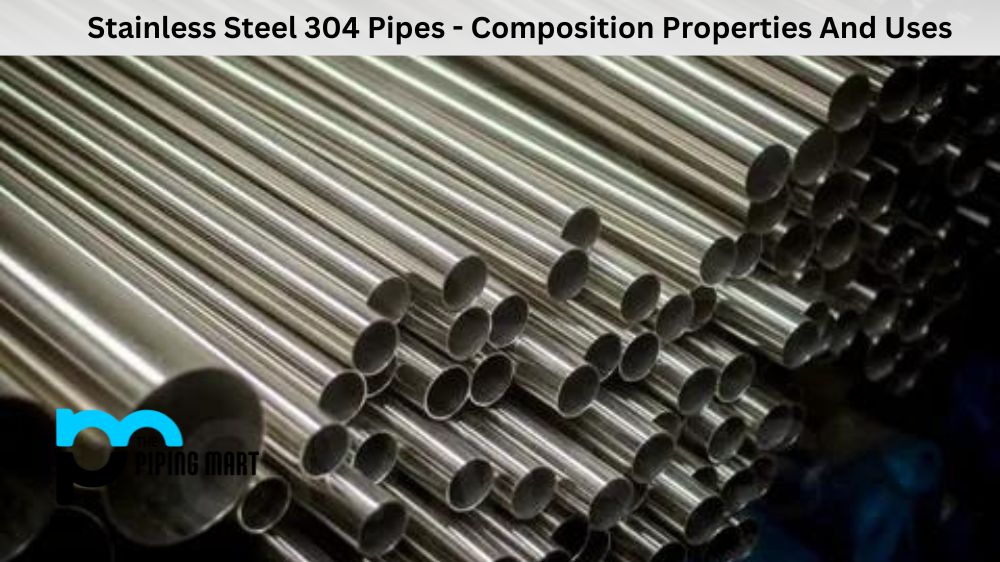302 stainless steel wire is a popular alloy for many applications due to its excellent corrosion resistance, heat resistance, and strength. It has high ductility as well as good formability. This type of metal is often used in industrial, aerospace, and medical industries because it can be easily bent or formed without compromising its strength. In this blog post, we will discuss the properties and uses of 302 stainless steel wire.
What is 302 Stainless Steel Wire?
302 stainless steel wire has a higher nickel content than other types of stainless steel. This makes it more resistant to corrosion and oxidation than other metals. It also offers superior temperature resistance up to 1000°F (537°C). Additionally, it has a high tensile strength of 200-400 KSI (1,380-2,760 MPa). Its electrical resistivity is 7.4 microhm-cm at 68°F (20°C).
302 Stainless Steel Chemical Composition
302 stainless steel is an Inconel sheet commonly used in the food industry due to its excellent corrosion resistance and heat-treating capabilities. In terms of chemical composition, it is composed primarily of chromium, nickel, and a small amount of carbon. Depending on the application the sheet will be used for, other trace elements such as manganese, phosphorus, sulfur, and silicon may also be added to further enhance the characteristics of 302 stainless steel. With regard to its corrosion-resistance capabilities this type of sheet contains a higher percentage of chromium than other grades which gives it superior protection from oxidation and rusting – making it perfect for applications such as storage tanks and culinary equipment.
The chemical composition of 302 stainless steel wire is as follows: iron (Fe) balance, chromium (Cr) 17-19%, nickel (Ni) 8-10%, manganese (Mn) 2%, silicon (Si) 1%, carbon (C) 0.15%.
302 Stainless Steel Physical Properties
302 stainless steel is an Inconel sheet that is appreciated for its physical properties. It is resistant to corrosion, making it a popular choice for kitchen supplies or vent hoods. These Inconel sheets are also very strong, allowing them to be used in heavier and more complicated applications, such as support brackets and clamps. 302 stainless steel’s strength-to-weight ratio makes it highly efficient and economical due to its low weight but impressive durability. Its melting point is also around 1,400 degrees Celsius, making it able to withstand high temperatures without compromising the material’s integrity. With these superior physical characteristics, 302 stainless steel Inconel sheet is a reliable and versatile material that can be used in a variety of fields.
The physical properties of 302 stainless steel wire are as follows: density 8.0 g/cm3, electrical resistivity 72 microhm-cm (at 20 degrees C), thermal conductivity 16.3 W/m-K (at 100 degrees C), coefficient of thermal expansion 9.5 x 10-6 /K (at 20-100 degrees C).
302 Stainless Steel Mechanical Properties
302 Stainless Steel is an austenitic alloy which provides corrosion-resistance as well excellent strength, ductility and formability. It provides superior mechanical properties compared to inconel sheet or traditional stainless steels. This alloy contains a slightly higher carbon content than other 300 series alloys, providing a greater strength than those materials. Due to its hardness and superb tempering response, the 302 alloy is often machined in to components with tight tolerances while maintaining superior heat resistivity. The material is widely used in electrical enclosures, kitchen equipment and in many automotive applications. It remains popular among engineers as it produces strong parts that are reliable and tough under most circumstances.
The mechanical properties of 302 stainless steel wire are as follows: ultimate tensile strength 75 KSI (515 MPa), yield strength 30 KSI (205 MPa), elongation 40%.
302 Stainless Steel Wire Uses
Due to its excellent corrosion resistance, 302 stainless steel wire can be used in medical equipment such as syringes and needles as well as for surgical instruments. It can also be used in food processing equipment since it does not corrode when exposed to acidic foods or liquids like some other metals do. Additionally, it is often used in aerospace applications since its superior heat resistance allows it to withstand extremely high temperatures. Furthermore, due to its high ductility and formability, this type of metal is frequently used in industrial applications such as springs and fasteners that require flexibility while still offering superior strength.
Conclusion:
302 stainless steel wire combines superior corrosion resistance with excellent heat resistance and strength making it an ideal choice for use in a variety of industries, including medical equipment manufacturing, aerospace engineering, food processing industry, and industrial manufacturing, among others. Its ability to be bent or formed without compromising strength makes it the perfect solution for parts that need flexibility but must maintain their structural integrity even under extreme conditions. For these reasons, 302 stainless steel wire has become one of the most popular alloys on the market today.

Meet Bhavesh, a seasoned blogger with a wealth of knowledge and experience. From metal products manufacturing to retail, Bhavesh has a diverse background in various industries and is dedicated to sharing his insights and expertise with readers.




